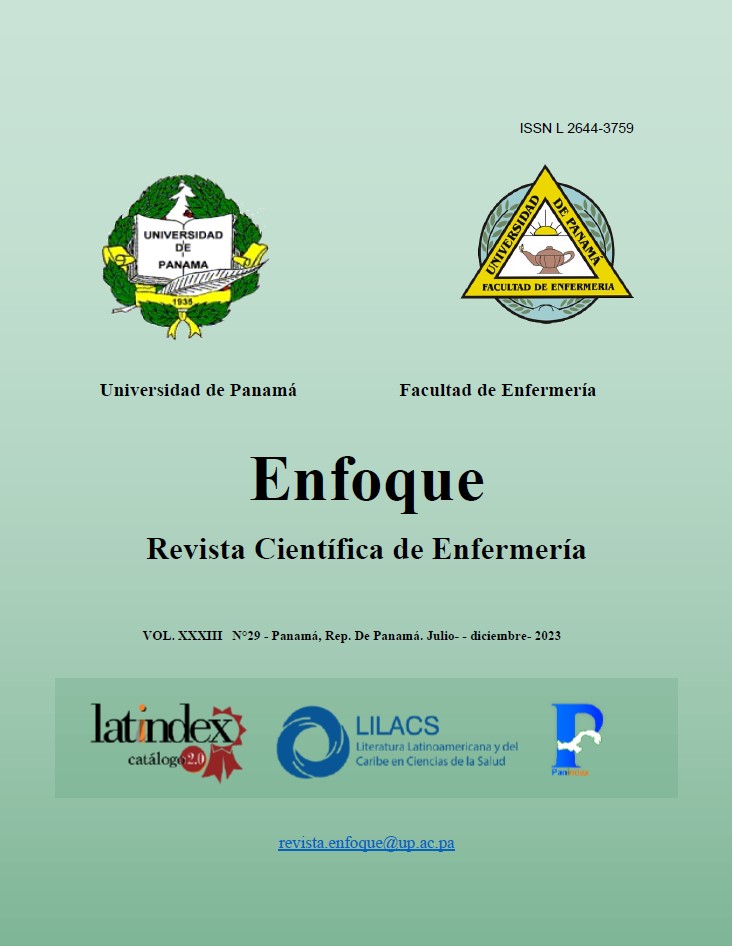

Copyright (c) 2023 Enfoque

This work is licensed under a Creative Commons Attribution-NonCommercial-ShareAlike 4.0 International License.
Since the discovery of the human immunodeficiency virus (HIV) in 1981, there has been uncertainty about a new disease that predisposes patients to infection by rare opportunistic pathogens. Its transmission from mother to child or the consequence for the offspring is unknown. However, over the years, its transmission from the seropositive mother to the fetus has been established, and treatment has been developed to avoid such an event. Still, there is yet a high incidence of vertical transmission. This article is aimed to describe the risk factors that influence vertical transmission in pregnant women with HIV. A review was conducted on nine papers, all less than 10 years old, from the scientific database PubMed and Google Scholar. The review established methodology in observational, descriptive, retrospective studies, which assessed the risk factors involved in the vertical transmission of HIV. During the analysis of the results, it was discovered that areas with a higher prevalence of HIV-positive women, such as Ethiopia, more counseling was given for the prevention of vertical transmission (96.1%). Compared to North American Countries, 62.3% of women reported receiving counseling at some point during pregnancy. Most articles highlight high viral load, low CD4+ cell count, drug use, and lack of prenatal care as main risk factors for vertical transmission of HIV. In South African countries, extreme poverty, unemployment, and poor access to adequate health services are also major factors for vertical transmission. Nowadays, with the significant advances in medicine, this type of transmission should not exist; however, the lack of treatment adherence, and the unattainable medical attention in the different health centers, especially in developing countries, tell the crude reality.